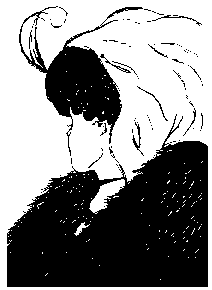
TL;DR:
Optical illusions illustrate how easily our perceptions can be incomplete, subjective, or misleading. Church leaders should apply this lesson by avoiding snap judgments about congregations and instead take time for careful, reflective analysis. Just as illusions can have multiple valid interpretations, church situations may be seen differently depending on perspective, cultural background, and focus. Patience, humility, and openness to revising initial impressions are essential for accurate understanding and wise decision-making.

Image Source
Church leaders need to analyze carefully both the good and bad trends in their congregations. They need to do more than superficially diagnose situations
This drawing, "My wife and my mother-in-law," was published in 1915 by cartoonist W.E. Hill. It was likely adapted from a more detailed German postcard engraving printed in 1880.

Some have called this design or sketch "the old hag and the beautiful young lady." This optical illusion reminds us that many things we observe in a local church can be interpreted in multiple ways. Don't think that because of your position, experience, and qualifications, your initial analysis of a congregation is the only way to evaluate it. An optical illusion like this is a way of reminding us to beware of "the fog" that Donald McGavran talked about, which often blocks church leaders from comprehending what is really going on in terms of the health of a congregation. So, train yourself to question how you interpret what you see in the life of a congregation and its ministry context. Be willing to modify your initial perception.

Solving this brain teaser takes patience. It is a reminder that reflective analysis of a church takes time, and it also points to our often less-than-perfect powers of observation. That is important to remember when we are analyzing a congregation, as well as the fact that our knowledge is often incomplete ( For example, what constitutes a square?).
Optical illusions provide insights into how we perceive and interpret information. They can remind us to think and understand clearly in this age of misinformation and disinformation.
Note: There are at least 34 squares in the puzzle above. Let me know if you come up with more.
What's the point? It's this: Optical illusions point out the complexities of human perception and cognition. The illusions remind us that we humans see and interpret the world around us in very different ways (being convinced that we are seeing things truly "as they are").
-- Howard Culbertson, hculbert@snu.edu